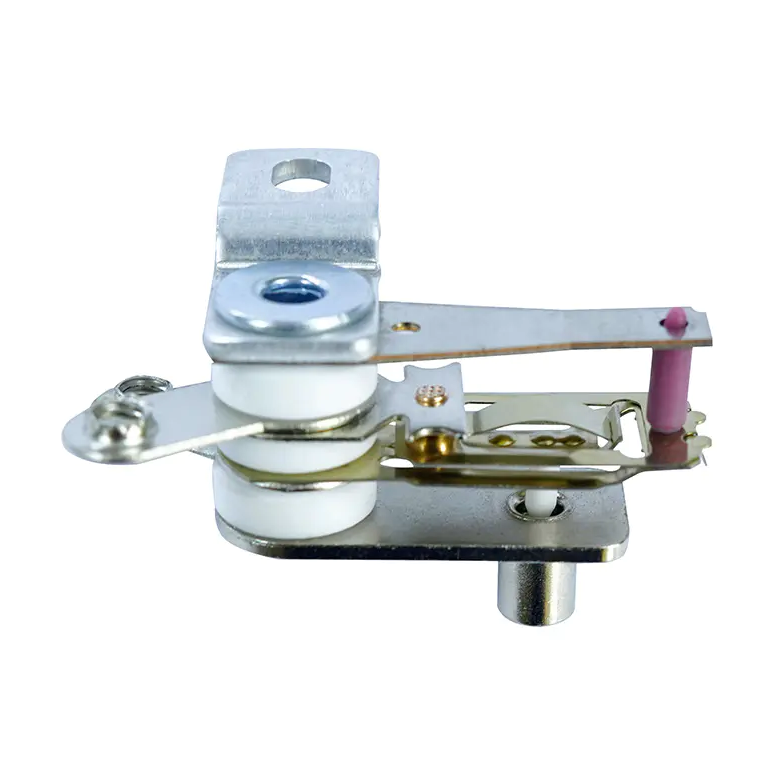How a Bimetal Iron Thermostat Performs with Frequent Switching on Low-Voltage Circuits

Challenges of Low Power and Frequent Switching
Bimetal Iron Thermostat devices are widely used in appliances and industrial equipment for temperature control. Their performance under low-power conditions and frequent on-off cycles is critical for ensuring consistent operation and long-term reliability. Evaluating both aspects provides insight into how these thermostats behave in demanding real-world applications.
Stability Under Low Power Conditions
Operating under low-power or low-voltage scenarios can affect the responsiveness of Bimetal Iron Thermostat devices. The heating element within the thermostat must generate sufficient thermal energy to bend the bimetal strip accurately. High-quality thermostats are designed with sensitive bimetal elements that react reliably even with reduced power, ensuring consistent circuit control. Poorly designed units may exhibit delayed response, incomplete switching, or inconsistent cut-off, which can compromise device safety and performance.
Mechanical Stress and Material Durability
Frequent on-off cycles impose mechanical stress on the bimetal strip, gradually leading to fatigue. Each thermal expansion and contraction cycle causes bending that, over time, may reduce the precision of the thermostat. Well-engineered Bimetal Iron Thermostat units use durable metals and precise bonding techniques to maintain mechanical integrity under repeated cycling, preserving accurate operation even during continuous switching.
Electrical Contact Reliability During Repeated Use
Repeated switching also stresses the electrical contacts, which may wear, pit, or oxidize over time. High-quality Bimetal Iron Thermostat units feature reinforced or corrosion-resistant contacts to maintain stable conductivity. Proper contact spacing and spring tension absorb mechanical shocks without affecting electrical performance, which is crucial for appliances operating on low power or undergoing frequent cycling.
Environmental and Usage Considerations
Temperature fluctuations, humidity, and dust can further influence stability and durability. Protective coatings, corrosion-resistant metals, and sealed enclosures enhance long-term reliability. Maintenance practices, including cleaning and avoiding overload, help ensure optimal performance under challenging conditions.
Reliable Performance with Proper Design
In conclusion, Bimetal Iron Thermostat devices can operate reliably under low-power conditions while maintaining durability during frequent switching, provided they are well-designed and constructed with high-quality materials. Sensitively engineered bimetal strips, reinforced contacts, and protective measures ensure consistent performance, making these thermostats suitable for a wide range of applications requiring both stability and long-term reliability.
- Art
- Causes
- Crafts
- Dance
- Drinks
- Film
- Fitness
- Food
- Jocuri
- Gardening
- Health
- Home
- Literature
- Music
- Networking
- Alte
- Party
- Religion
- Shopping
- Sports
- Theater
- Wellness


